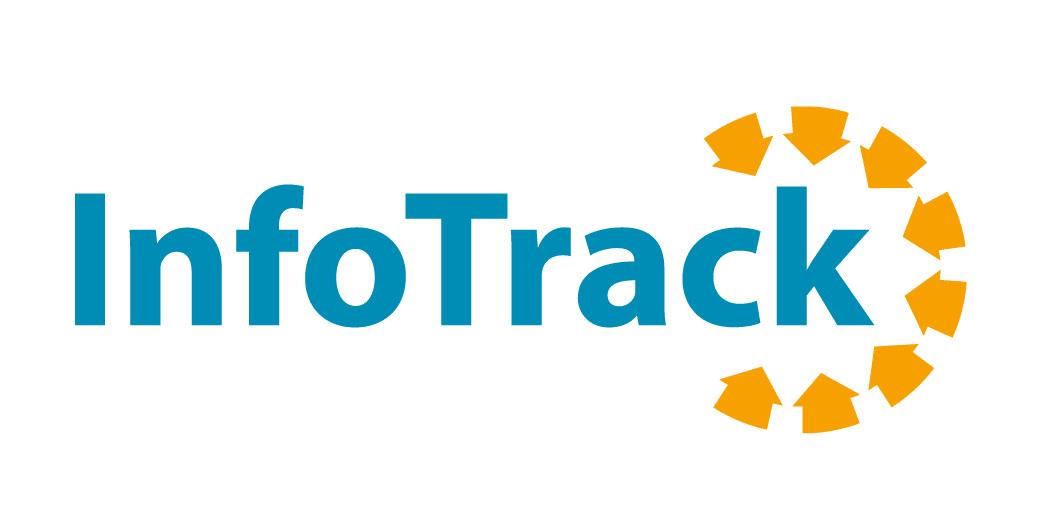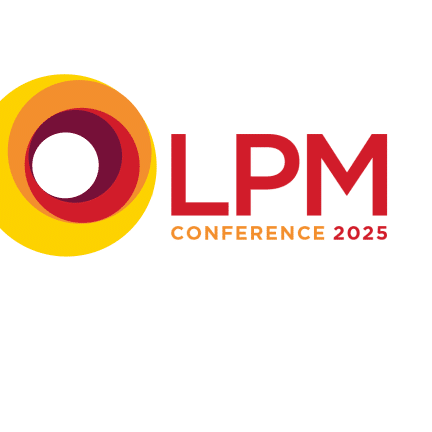
Digital onboarding: Getting it right from the start
The two biggest client onboarding challenges SME law firms face are managing source of funds and client expectations around the information required. Bronwyn Townsend, senior marketing manger at InfoTrack, shares solutions
First impressions count for a lot. The same applies to the client experience, which is why getting client onboarding right from the start is essential. But for many law firms, striking a balance between client experience and regulatory obligations has been tricky.
We recently caught up with firms to discuss client onboarding and technology during a roundtable with LPM, and a few common themes emerged. Managing source of funds was one of the biggest challenges for firms, and it’s not surprising given the amount of information required. Another challenge that many firms faced was managing client expectations around how much information is required during onboarding: ID checks, funds verification, and property information forms leave some home movers asking, “Why so much information?”
Recent data from the Digital Conveyancing Maturity Report 2024 revealed that the average digital maturity level was just 45% for client onboarding. While 76% of firms are using digital ID checks, less than half have digitised their transaction (TA) property information forms. 57% of firms have also digitised their source of funds checks, but that means more than one-third are still relying on emailed bank statements to manage the process.
Legal technology adoption has come a long way over the last decade, and the firms in the roundtable agreed they couldn’t operate without digital onboarding. But pain points still exist.
So, what can firms do to make the onboarding process easier for clients and their staff?
-
Consolidate your onboarding process into a single solution
To deal with complaints from home movers about supplying information multiple times and in various systems, providing one secure portal can make a huge difference. Having digital ID checks, source of funds and wealth, client questionnaires, and TA forms centralised can enable home movers to see what they need to provide in one place. This means they won’t be able to submit without all the required information — ultimately making it easier on your team.
-
Use Open Banking to make source of funds and wealth verification easier
Open Banking has been increasingly used in other industries, but remains newer to the legal sector. Alleviating the need to collect PDFs of bank statements, it securely provides information about your client’s financial situation. Solutions can now also flag inconsistencies so you can gather more information if required. While not a replacement for you or your discretion to interpret the data provided, it does relieve the administrative time spent wading through pages of financial records.
-
Digitise your onboarding forms
Using smart forms that incorporate logic to show only relevant questions and highlight any missing answers can reduce the risk of incorrect or incomplete information. Filling in TA forms can be time-consuming and complex for home movers, so making the process as easy as possible should minimise delays. If you bring this into the same portal as your ID checks and source of funds, it’s also easy for clients to track their progress, and you can add automated reminders, so you spend less time chasing the information you need to start the matter.
Technology isn’t a fix-all. Instead, it’s an aid to support the ease of managing processes that require expertise from the conveyancer. Conveyancers are feeling the pressure of increasing workloads that don’t involve legal expertise, but instead add administrative burden. Using digital tools to flag inconsistencies or potential risks can reduce how long it takes to apply your experience and specialist knowledge.
Making the most of the solutions available can go a long way to saving you time and avoiding delays, as well as improving the accuracy of information provided. Coupled with your expertise, digitising your onboarding can improve how you work and deliver a better client experience.




